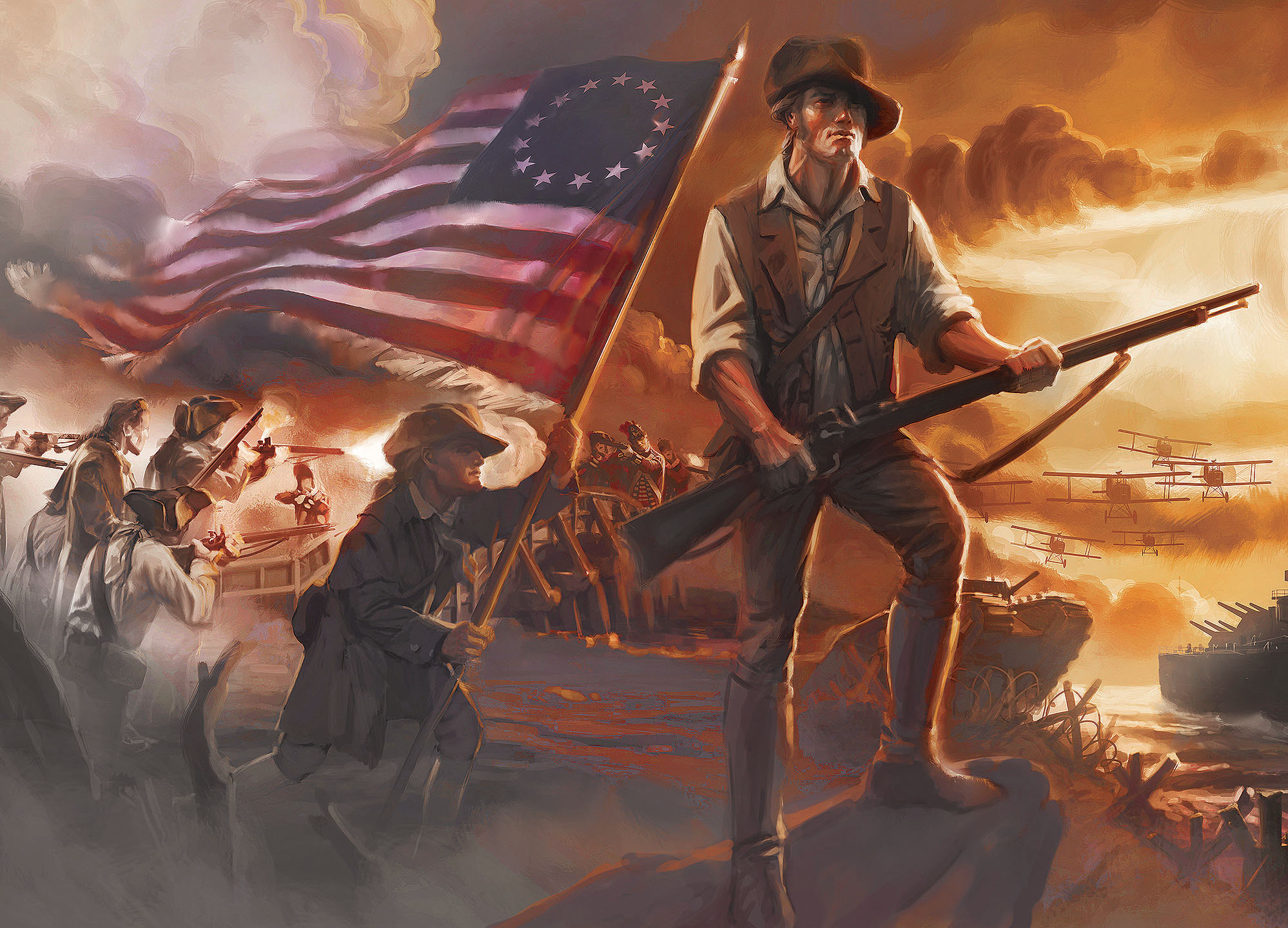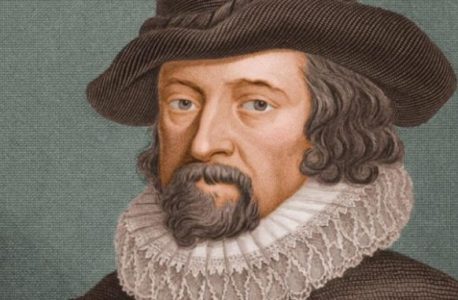By Hunter Wallace of Occidental Dissent
This is a fascinating book.
I bought Richard G. Olson’s Science & Religion, 1450-1900: From Copernicus To Darwin many years ago while researching the war between science and religion. At the time, I was under the influence of Richard Dawkins and this book changed my perspective on the issue.
What are the origins of modern science?
Why does modern science begin to emerge in Western Europe in the 16th and 17th centuries? How does it differ from ancient and medieval science? What was the true relationship between religion and science in the West? Is it fundamentally antagonistic as in the case of Galileo?
This book paints a more complex narrative. There were lots of ingredients of modern science in Antiquity: the empiricism of Aristotle, the skepticism of Pyrrho, the materialism of the ancient atomists, the mathematics of Archimedes, the idea of manipulating nature and restoring natural knowledge that was lost after the Fall of Man in the Hermetic tradition. These ideas were dredged up by scholars in the late Renaissance and began to challenge the dominant Aristotelianism.
Nominalism was a contribution of the Middle Ages. This is a denial of the existence of universals and the belief that God’s will is the final cause of all things. This led to a shift in science from searching for final causes to describing how events occur on the basis of experience. Renaissance alchemists developed the experimental method and questioned ancient authorities.
Modern science developed in the swirl of these ideas and in the aftermath of the Copernican hypothesis in astronomy from around 1550 to 1650. Whereas ancient science was contemplative, modern science was practical and experimental and increasingly described in the language of mathematics. Newton would later finalize the union of mathematics with the experimental method.
I found one of the most fascinating aspects of this book to be how modern scientific societies were inspired by Christian humanism:
“The notion implicit in this work – that is, experimental knowledge should be the product of a collaborative enterprise and that collectively produced and tested knowledge gained credibility over privately produced knowledge – was embodied in a small and short lived local society established by the natural magician Giambattista Della Porta at Naples in 1560 under the title Accedemia dei segreti. More importantly for the long run, it was strongly promoted in a group of extremely popular Christian humanist utopias, all written within a few years of each other at the beginning of the seventeenth century. Johann Andreae’s Christianopolis (1619), Tommaso Campanella’s City of the Sun (1623) and Francis Bacon’s New Atlantis (1626) all offered visions of a new and perfected society. At the heart of each lay a set of institutions for the collective discovery and dissemination of natural knowledge aimed at improving human welfare. Collectively these works seem to have stimulated widespread enthusiasm for experimental natural philosophy and offered models emulated by the founders of such major new institutions for the pursuit of the sciences as the Royal Society of London for Improving of Natural Knowledge.” (Olson, 52)
It was Christians like Johann Andreae who dreamed up the world created by modern science. Christianopolis was early 17th century science fiction:
“In 1619, Andreae published Christianopolis, modeled on Thomas More’s Utopia. As in More’s work, the central figure is shipwrecked and washes up on an island that is the site of a perfect society. He is interrogated by a delegation from a nearby city to determine whether he is a pious Christian and whether he has made progress in “the observation of the heavens and the earth, in the close examination of nature, [and] in the instruments of the arts” (Andreae 1916, 148). When he says yes, he is given a group of guides to show him Christianopolis. Like Utopia, Christianopolis is a communistic society in which goods are held in common. Its governmental structure is that of a theocracy, and its theology is orthodox Lutheran. But what attracts the reader’s attention above all else is the relationships among scientific research, education, and economic activity.
The first stop in the tour is the metallurgical workshop:
“Here everything that the earth contains in her bowels is subjected to the laws and instruments of science. Here men are not driven to work with which they are unfamiliar like pack animals to their task, but they have been trained long before in accurate knowledge of scientific matters, and feel their delight in the inner part of nature. If a person here does not listen to reason and look into the most minute elements of the macrocosm, they think that nothing has been accomplished. Unless you analyse matter by experiment, unless you improve the deficiencies of knowledge by more capable instruments, you are worthless … To be brief, here is practical science.” (Andreae 1916, 154-155; emphasis mine)
Proceeding to the center of the city, we find among the buildings devoted to government, religion and education, a series of teaching laboratories, anatomical theaters, natural history museums, and collections of mathematical instruments. In each, men learn to “assist the struggles of nature” (Andreae 1916, 199). After describing Christianopolitan’s education in mathematics and natural philosophy, which contains both knowledge designed to increase one’s appreciation of the universe as well as knowledge designed to increase one’s ability to act on it, Andreae conclues with the following remarkable statement:
“It is … man’s duty, now that he has all creatures for his use, to give thanks to God himself in place of them all; that is, he should offer to God as much obedience as he observes in His creatures. Then, he will never look upon this earth without praise to God or advantage to himself … Blessed are they who use the world and are not used by it (1916, 231-232; emphasis mine)
These men were contemporaries of Galileo.
Olson goes on to describe the well known story of how the earliest scientists were borderline magicians motivated to study the “Book of Nature” in order to better understand God. There is a long discussion of natural theology from Robert Hooker through Deism in England.
As the centuries have passed, the memory of how modern science evolved began to fade. We remember that Galileo was convicted of heresy, but we have largely forgotten that the Jesuits made massive contributions to astronomy. We have modern hospitals, universities and scientific institutions, but have forgotten the cultural matrix that gave them their purpose.
Much of this is due to the success of modern science and the mess it made of morality. There is a connection between the two that we will be examining in the weeks ahead.


